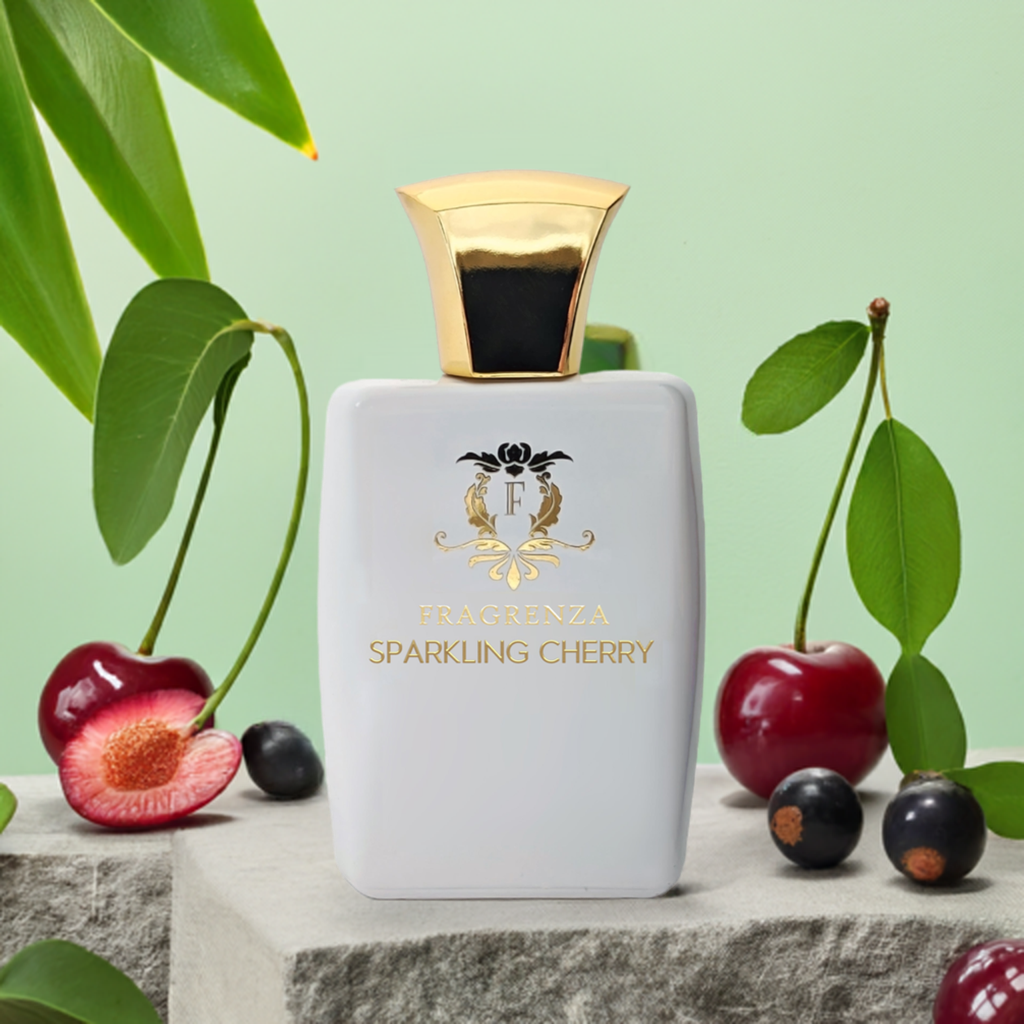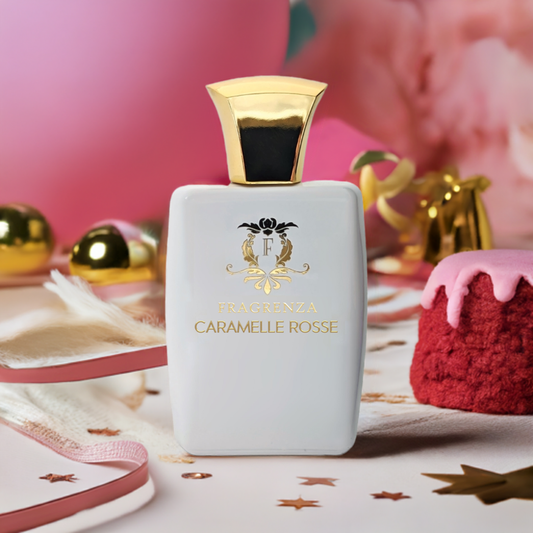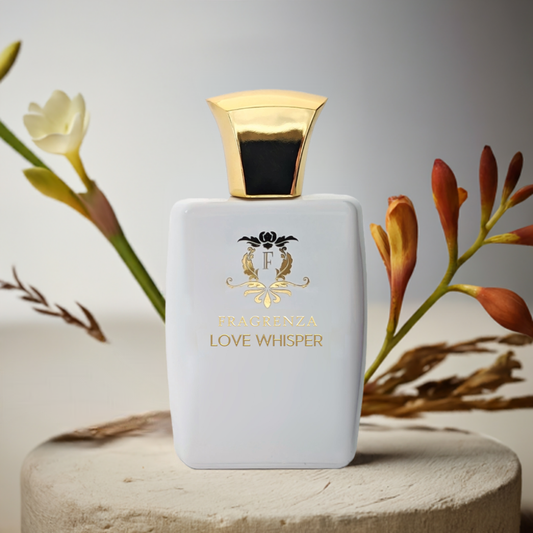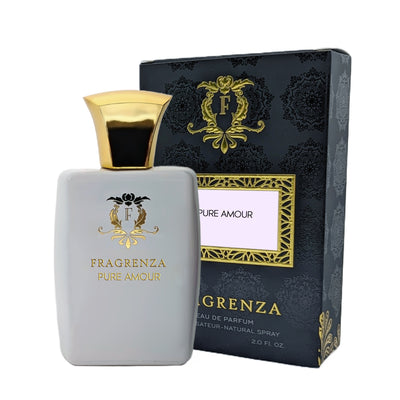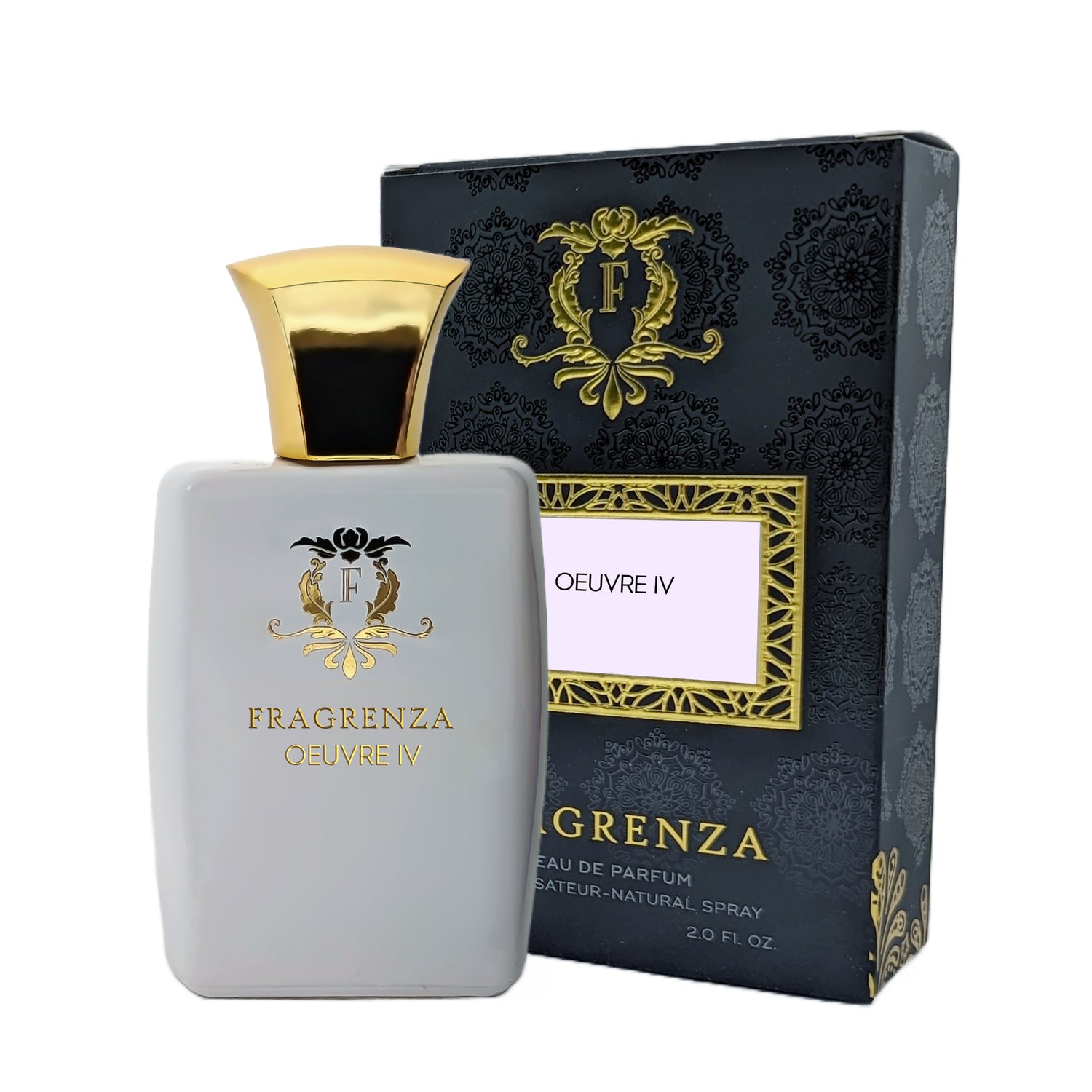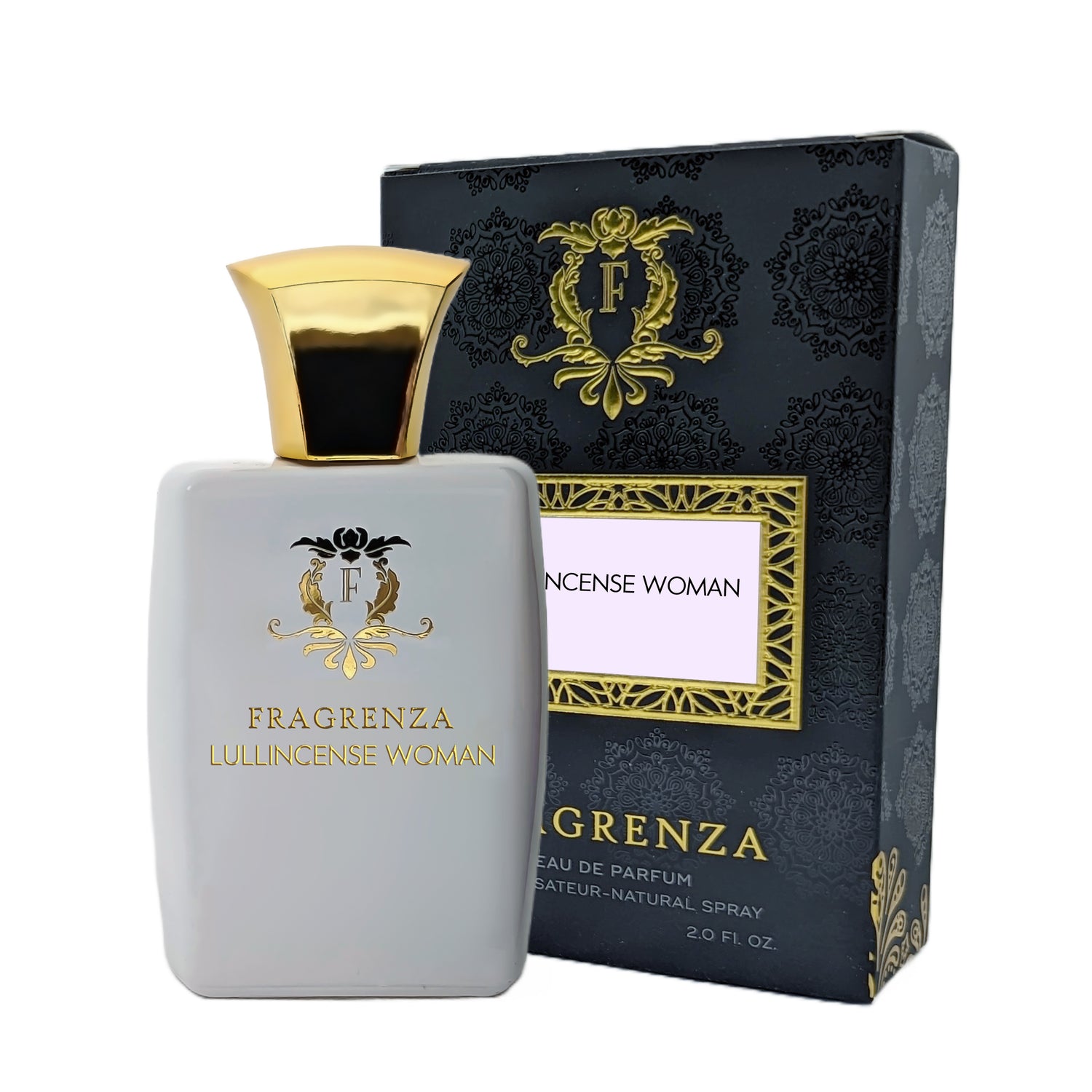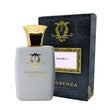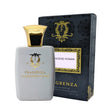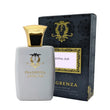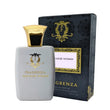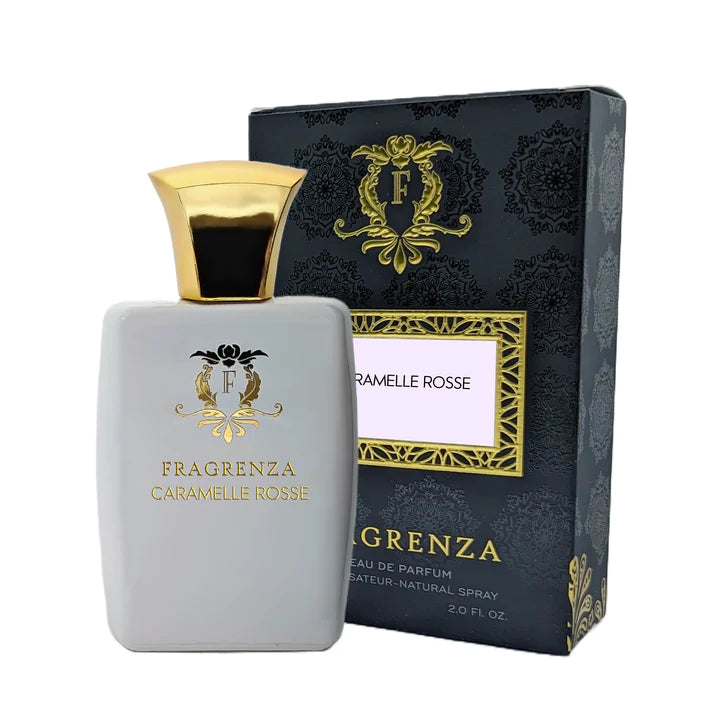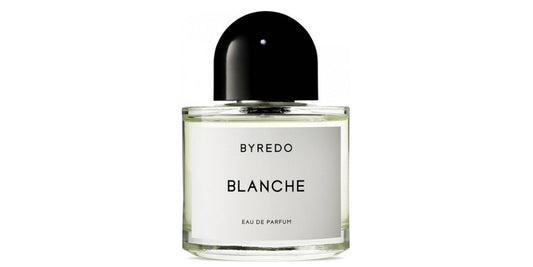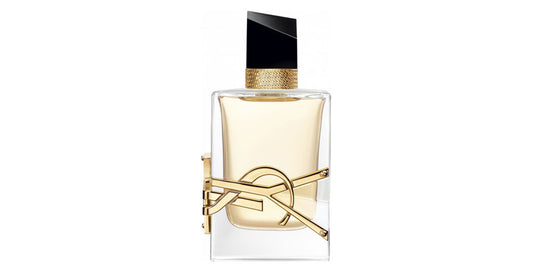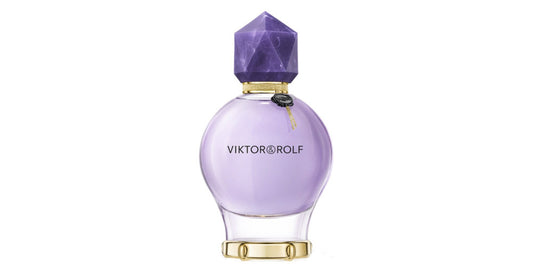Metallic notes in perfumery

In This Article
The Intriguing World of Volatile Molecules
Smell is primarily the result of an encounter with a volatile molecule. There are over 30,000 known volatile molecules that can be detected by our olfactory system, located beneath our nasal cavities. When a volatile molecule interacts with our olfactory system, it can trigger the recognition of a familiar scent. For instance, when metal releases iron ions through perspiration, these volatile molecules remain on our skin, producing an odor we perceive as metallic.
Fun Fact: The human nose can detect a vast range of smells, with some experts estimating that we can recognize up to 1 trillion different scents.
Metallic Notes: A Fresh and Futuristic Touch in Perfumery
Contrary to what one might expect, perfumers often utilize metallic notes in the composition of certain fragrances. These notes lend a fresh, clean aspect to a scent, while adding a touch of nuance to the overall composition. Metallic notes are achieved through the use of synthetic molecules, which became available in perfumery in the mid-19th century with the advancement of organic chemistry. These synthetic molecules can mimic the scents of metals such as iron, copper, or aluminum, and are typically used sparingly to provide a subtle freshness to a fragrance.
Fun Fact: The use of synthetic molecules in perfumery allows for a greater diversity of scents and can also help to make fragrances more affordable and environmentally friendly.
Metallic notes can enhance other elements of a fragrance, adding a crispness to citrus or floral notes or contrasting heavier, more complex base notes. Some fragrances, like Bulgari's Aqva Pour Homme, feature a prominent metallic note evoking the sensation of water and the sea. Metallic notes can also create a futuristic or high-tech vibe, symbolizing modernity, innovation, and sophistication.
Factors such as diet, medications, or skincare products can influence the smell of metal on our skin. In some cases, a metallic scent can be unpleasant or signal an underlying health issue. Metallic notes are found in various olfactory compositions, like Hugo Boss's Hugo Red, an oriental masculine scent with metallic heart notes alongside rhubarb, and Serge Lutens' Vierge de Fer, a floral perfume with metallic notes as the sole base note. Yves Saint Laurent's iconic Rive Gauche perfume also features metallic top notes, which is rather rare.
Overall, the unique scent of metal, resulting from the interaction of skin lipids and metal evaporation, is highly valued in perfumery. Perfumers use synthetic molecules to create metallic notes that provide a fresh, clean sensation in fragrances, adding an intriguing dimension to the world of scents.
Exploring the Versatility of Metallic Notes
Metallic notes are not limited to just one type of fragrance, as they can be found in a wide range of compositions, making them incredibly versatile. They can be used to add an interesting twist to classic scents or help create entirely new and innovative fragrance profiles.
Fun Fact: The exploration of metallic notes in perfumery is still ongoing, with perfumers continuously seeking new ways to incorporate these notes into unique and captivating scents.
Complementary Pairings with Metallic Notes
Metallic notes can be harmoniously combined with various other scent families, creating exciting and diverse fragrance experiences. For example, metallic notes pair well with:
- Woody scents, adding a fresh contrast to the warmth and depth of wood-based fragrances.
- Floral notes, providing a clean and contemporary edge to traditional floral compositions.
- Spicy and oriental notes, offering a modern twist to exotic and sensual scents.
- Citrus or fruity notes, bringing a crisp and invigorating sensation to the fragrance.
By skillfully blending metallic notes with other scent families, perfumers can create fascinating and multi-dimensional fragrances that captivate the senses and leave a lasting impression.
Metallic Notes in Niche and Artisan Perfumery
As the world of perfumery continues to evolve, niche and artisan perfume houses are increasingly experimenting with unconventional ingredients, including metallic notes. These innovative creations push the boundaries of traditional perfumery and offer consumers an opportunity to experience truly unique and avant-garde fragrances.
Fun Fact: The artisanal perfume scene is constantly growing, as more independent perfumers and small fragrance houses emerge, challenging the status quo and exploring new olfactory horizons with their creations.
In conclusion, the world of metallic notes in perfumery is vast and exciting. These notes add a fresh, clean, and often futuristic touch to fragrances, making them versatile and adaptable to various scent profiles. As perfumers continue to explore the potential of metallic notes, we can expect to see even more captivating and inventive scents that showcase the unique qualities of this intriguing ingredient.
